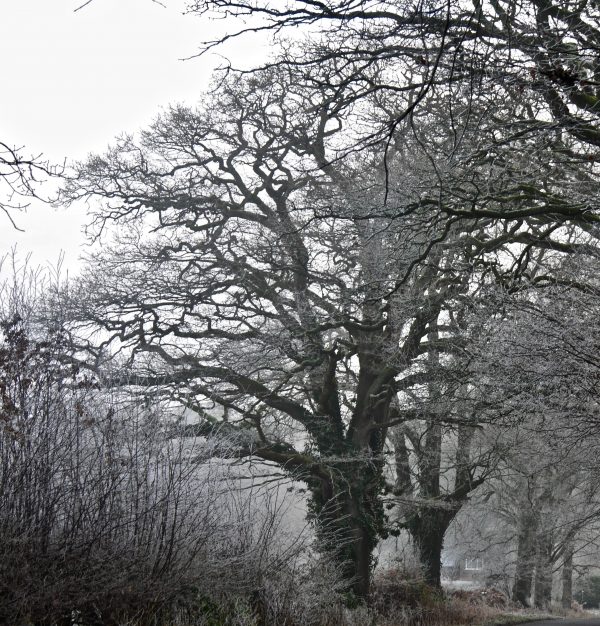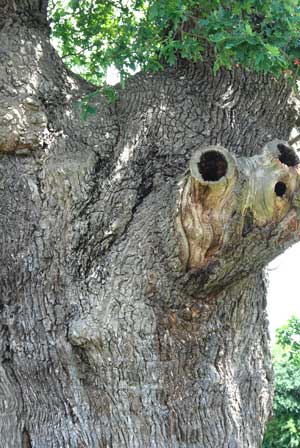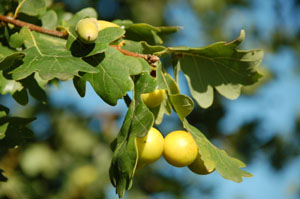Oak
Oaks are long lived trees, many become veterans . ancient trees being 500 or more years old. Such veteran oaks support an incredible range of other organism, in excess of 2000 other species interact / are dependent on oak trees in some way. The species supported range from hundreds of insects and spiders, dozen or birds, fungi, lichens etc. Oak is a keystone species in many habitats. The wood of oak trees is good to work with, as it cleaves well. It has been used in building, for example in cruck frame structures, young wood can stain the hands, due to the presence of tannins). There are two main types / species, Sessile Oak (Quercus petraea) and Pedunculate Oak (Quercus robur), and they cany hybridise.
Leaf
The leaves are arranged alternately around the stem. The two (main) species of oak differ in the length of the leaf stalk / petiole. In the pedunculate oak, the leaf stalks (petioles) are quite short (less than 0.5cm) whereas in the sessile oak the leaf stalks are much more obvious (1 to 1.5 cm in length). The leaf margin / edge is lobed and wavy. There are 5 to 7 lobes on each side of the leaf. In the pedunculate oak, the lobes tend to taper into the stem so that the leaf stalk / petiole is barely noticeable. Leaves of the sessile oak may have fine hairs on the underside, more noticeable on the main vein or midrib of the leaf.
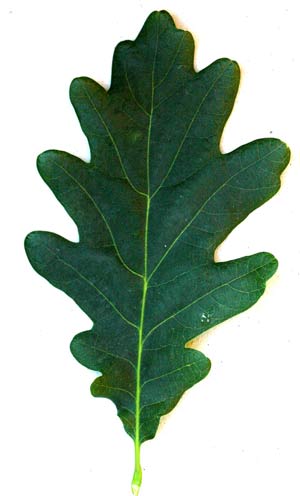
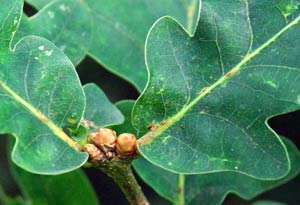
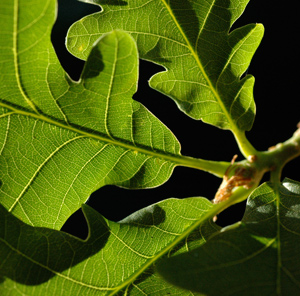
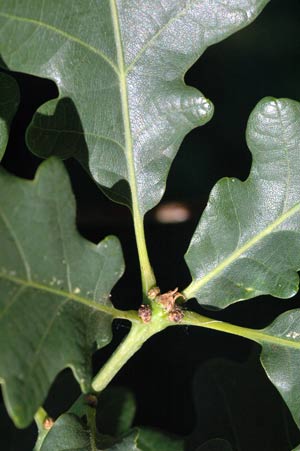
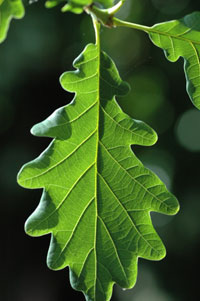
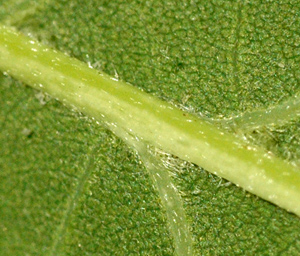
Buds, Bark & Stem
Buds tend to be clustered near the end of the winter twig (see image below). They have rusty brown, over-lapping scale leaves. The bark is grey and on older trees fissures may be seen. The bark may support a rich lichen flora. The bark of a younger oak is shown for comparison
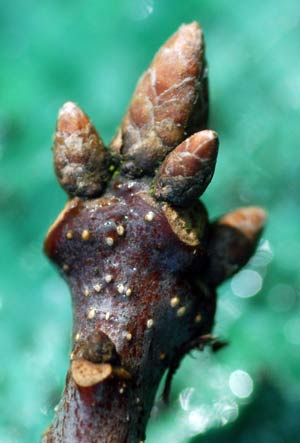
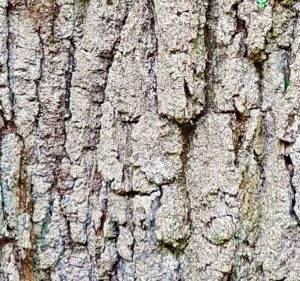
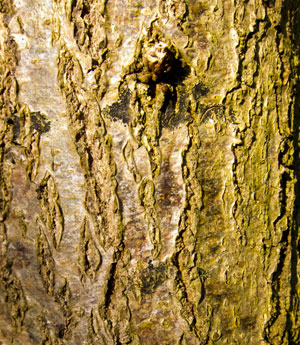
Flowers and Fruits
The Oak produces male and female flowers. The male flowers are drooping catkins and their pollen is dispersed by the wind. The female flowers are very small and found in the axils of the leaves. When the female flowers are fertilised, they will develop into acorns. The acorns are up to 2-2.5 cm in length, and (in the pedunculate oak) are attached to a peduncle / acorn stalk (3-7cm in length). One to four acorns are attached to each peduncle. In the sessile oak, the acorns appear to sit on the twigs. In some years, oak trees produce acorns in vastly increased numbers - the so called mast years. Sometimes galls form, for example when the wasp, Andricus quercuscalicis lays its eggs in the young acorns of pedunculate oaks. When this happens, strange shaped galls form that can be green, yellow or red in colour.
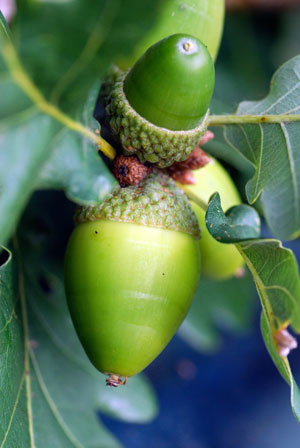
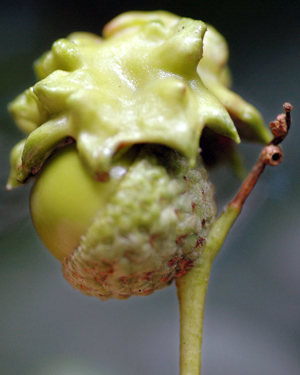
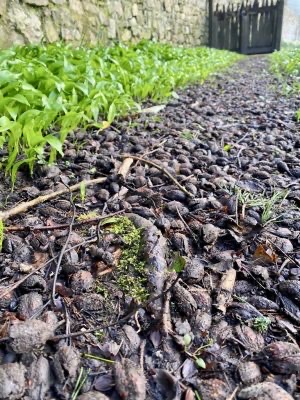
Winter Twigs and Buds
The twig tend to be grey and smooth. Buds tend to be clustered near the end of the winter twig. They have rusty brown, over-lapping scale leaves (which protect the bud throughout the winter months.
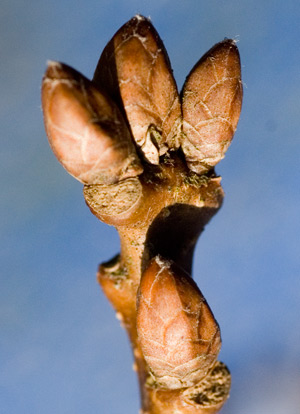
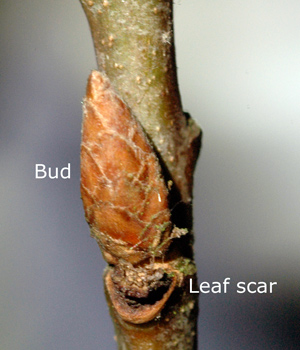
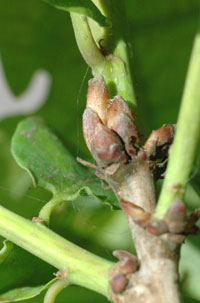
Oak miscellany
